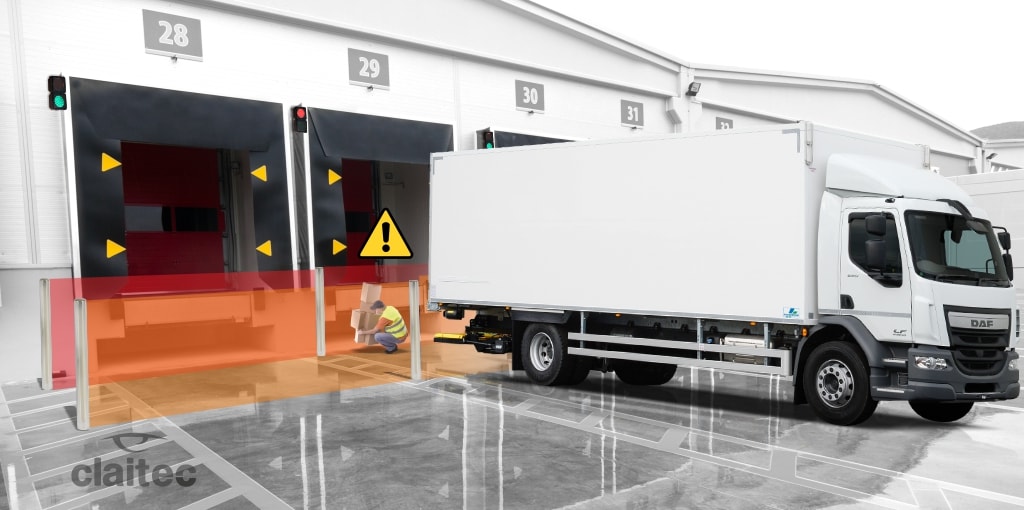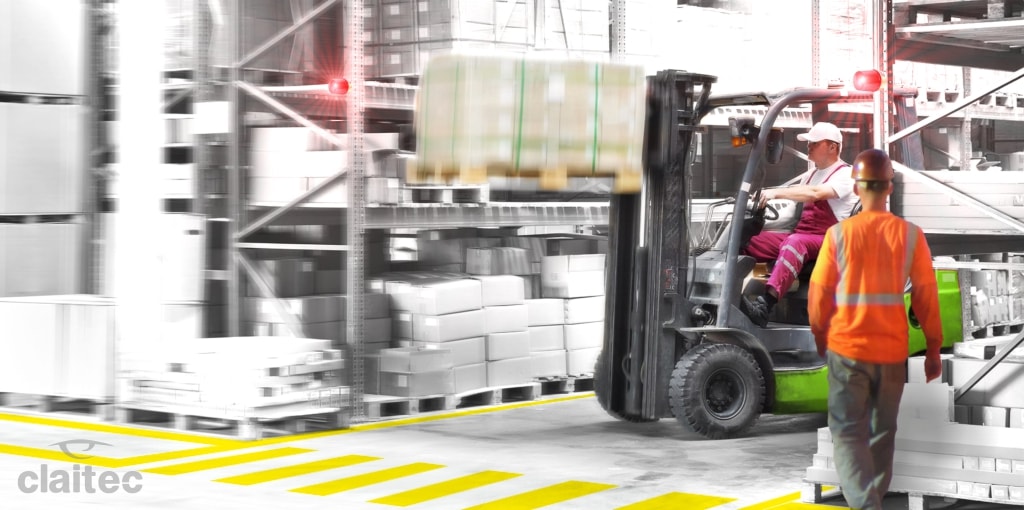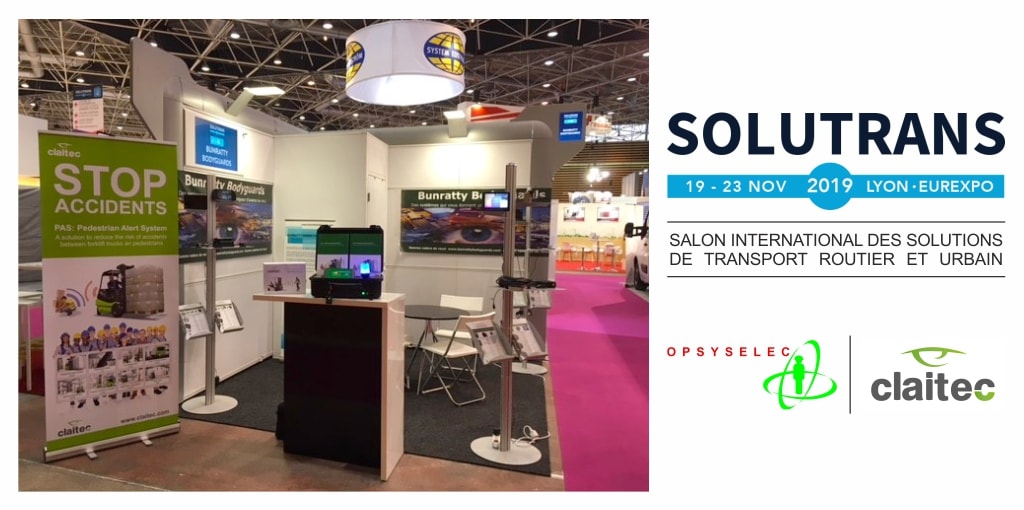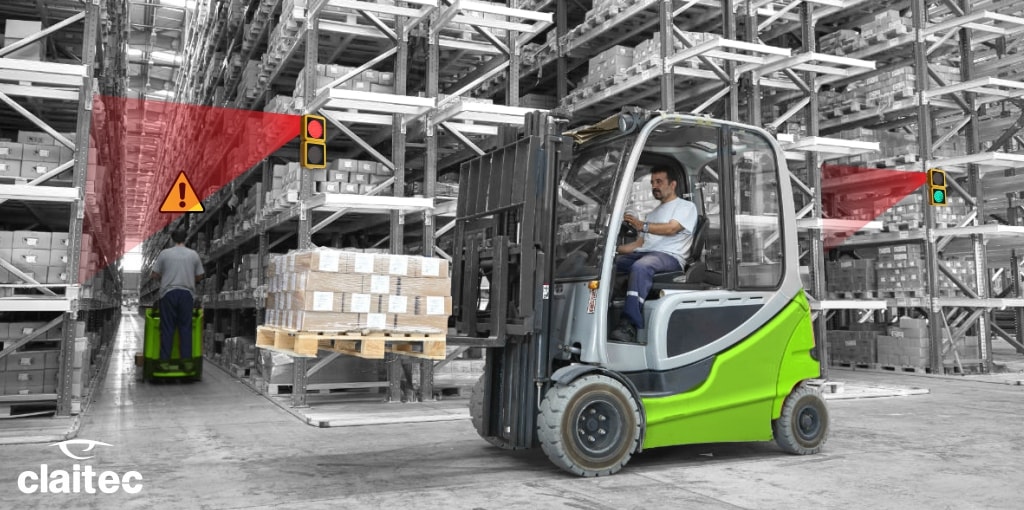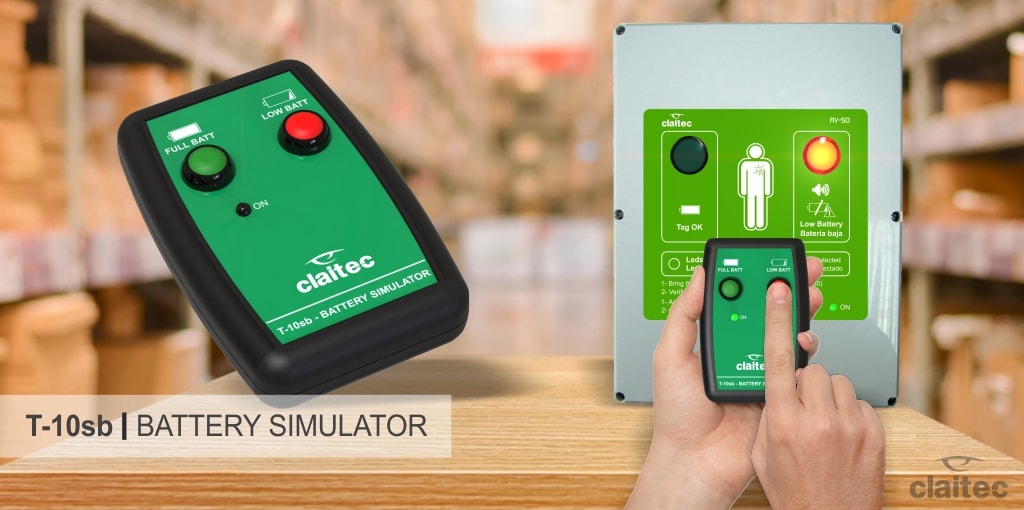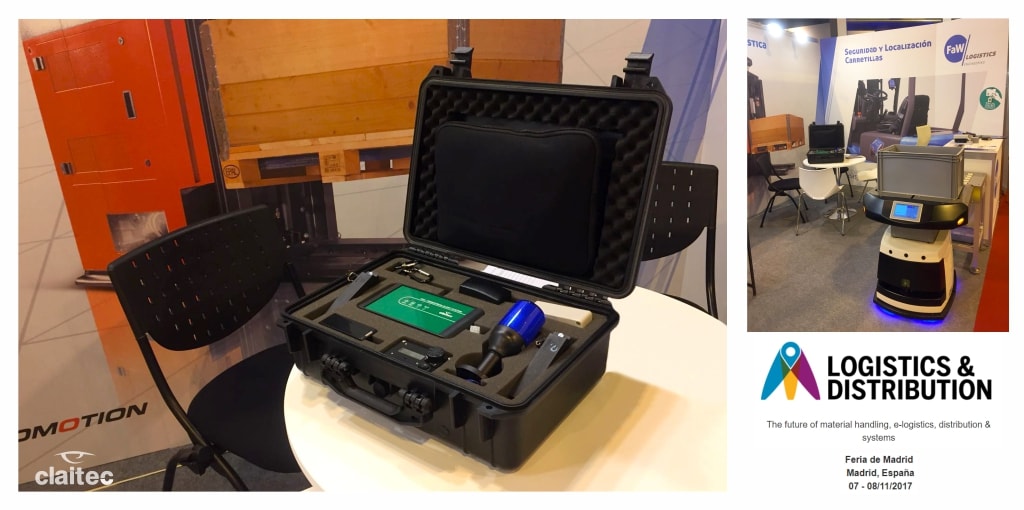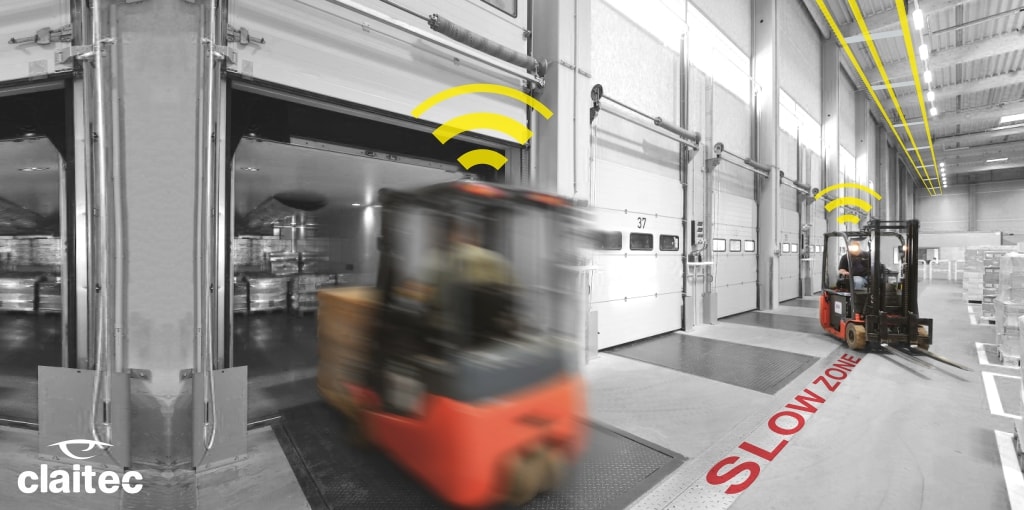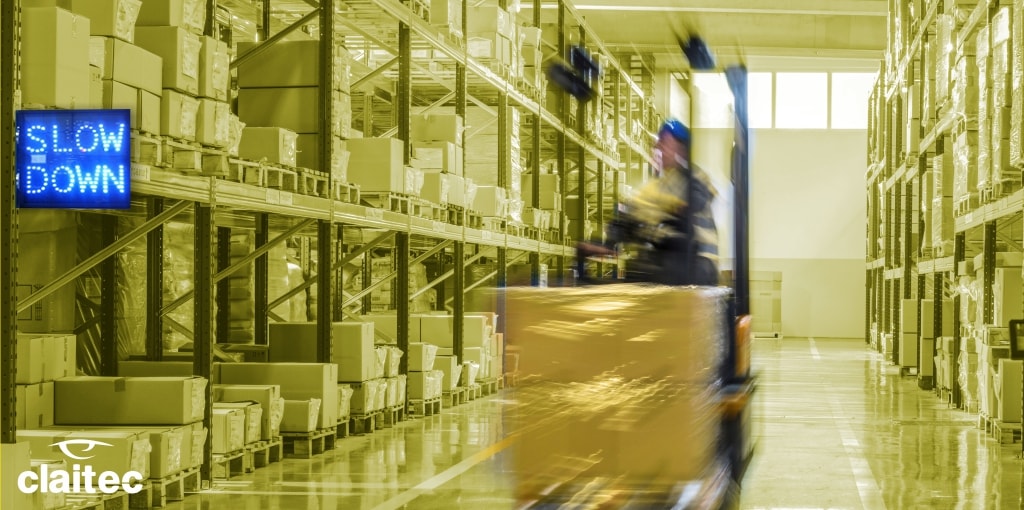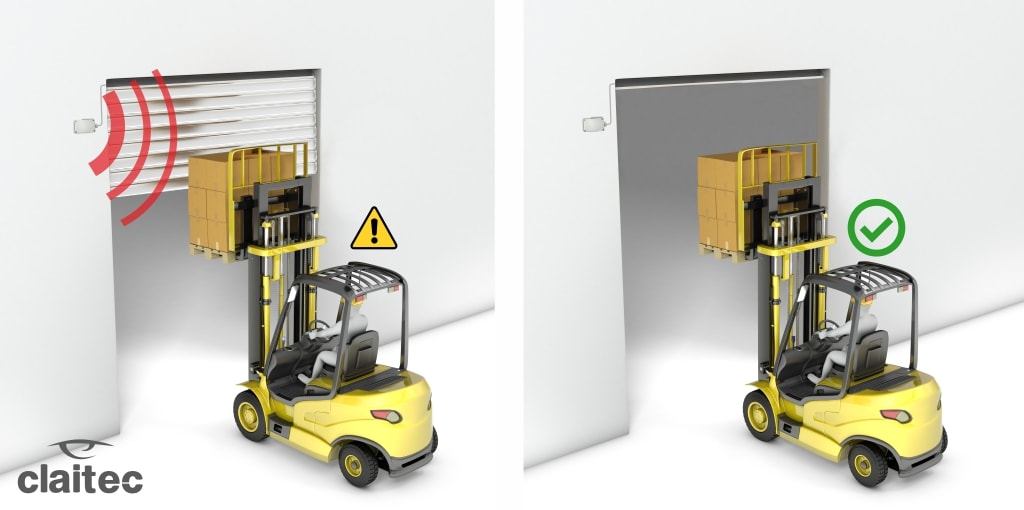Have you ever calculated how much do you use trucks and forklifts in your warehouse? Or how many trucks enter your premises in a month? How many hours of loading and unloading do you do over a semester or a year?
Regardless of the type of industry we work in, the answers to these questions ought to be mind-blowing! And given the high frequency of use of these essential transport tools we must strive to provide the highest safety guarantees for our employees.
That’s precisely why today we’d like to talk about the TDS Solution (Truck Docking System) – a true ally in our daily work, a co-pilot for drivers who spend many hours loading and unloading in the docking areas of our warehouses.
This system is designed to contemplate the dynamics of work in different tasks and minimise the risk of vehicles running over any pedestrian. It aims to create a safer, more modern and much more efficient industry, taking advantage of the many benefits delivered by technology.
This solution, which has been successfully used and is widely accepted by our clients, comprises detection sensors, a control unit and traffic lights. These are extremely resistant, very easy to install devices – the traffic light in this system warns the driver of the vehicle about the presence of operators in the loading dock.
The detection sensors are installed at the dock and are responsible for detecting whether there are any pedestrians, giving the signal to the traffic light and alerting the driver. With that reference, he or she can approach the loading dock without being a source of danger for the person there. All of this allows us to carry out more secure manoeuvres and to have more protected operators.
This system can be perfectly complemented with other Claitec’s solutions already discussed in this blog such as the LSA Assistant (to slow down while in the docks) or the NAS Solution, which is used to avoid accidents between forklifts in tight spaces.
Any questions about the TDS solution or any of Claitec’s systems?
Please, don’t hesitate to contact us here.
